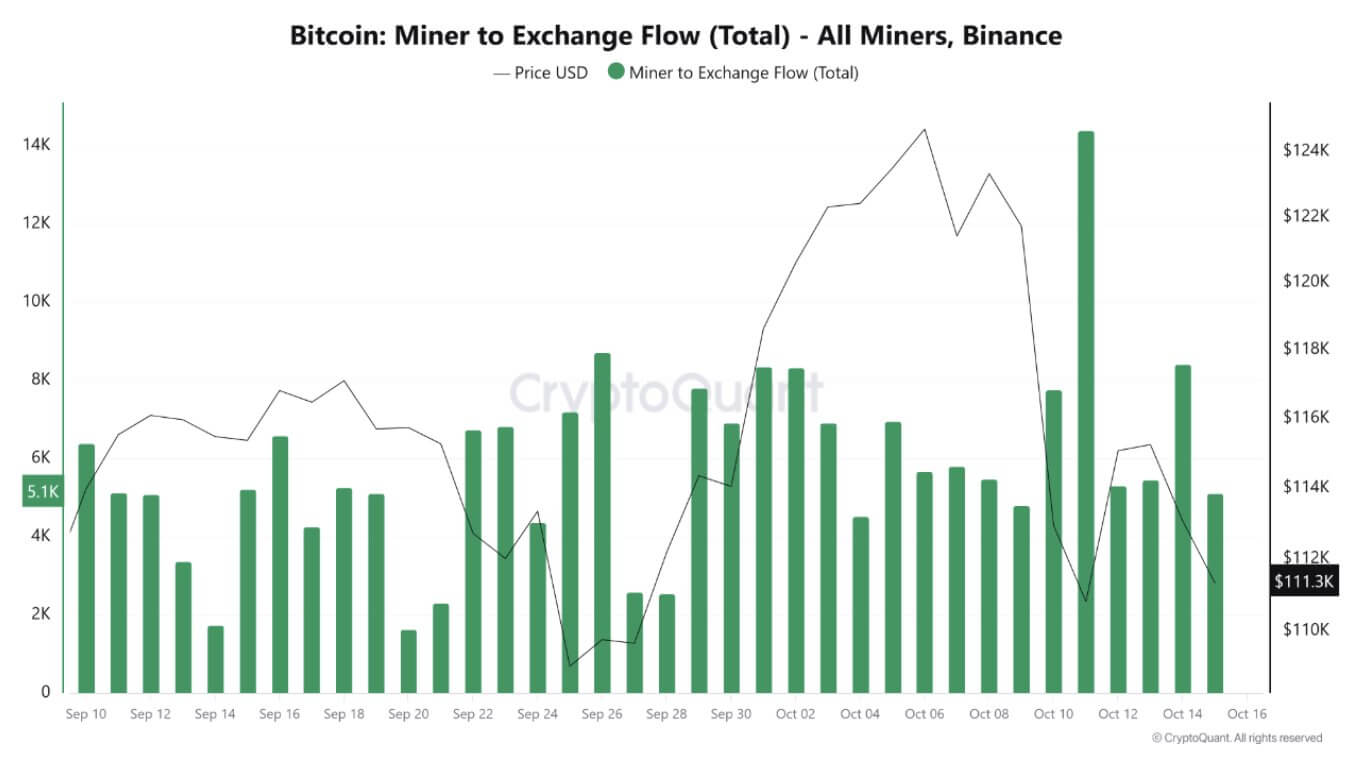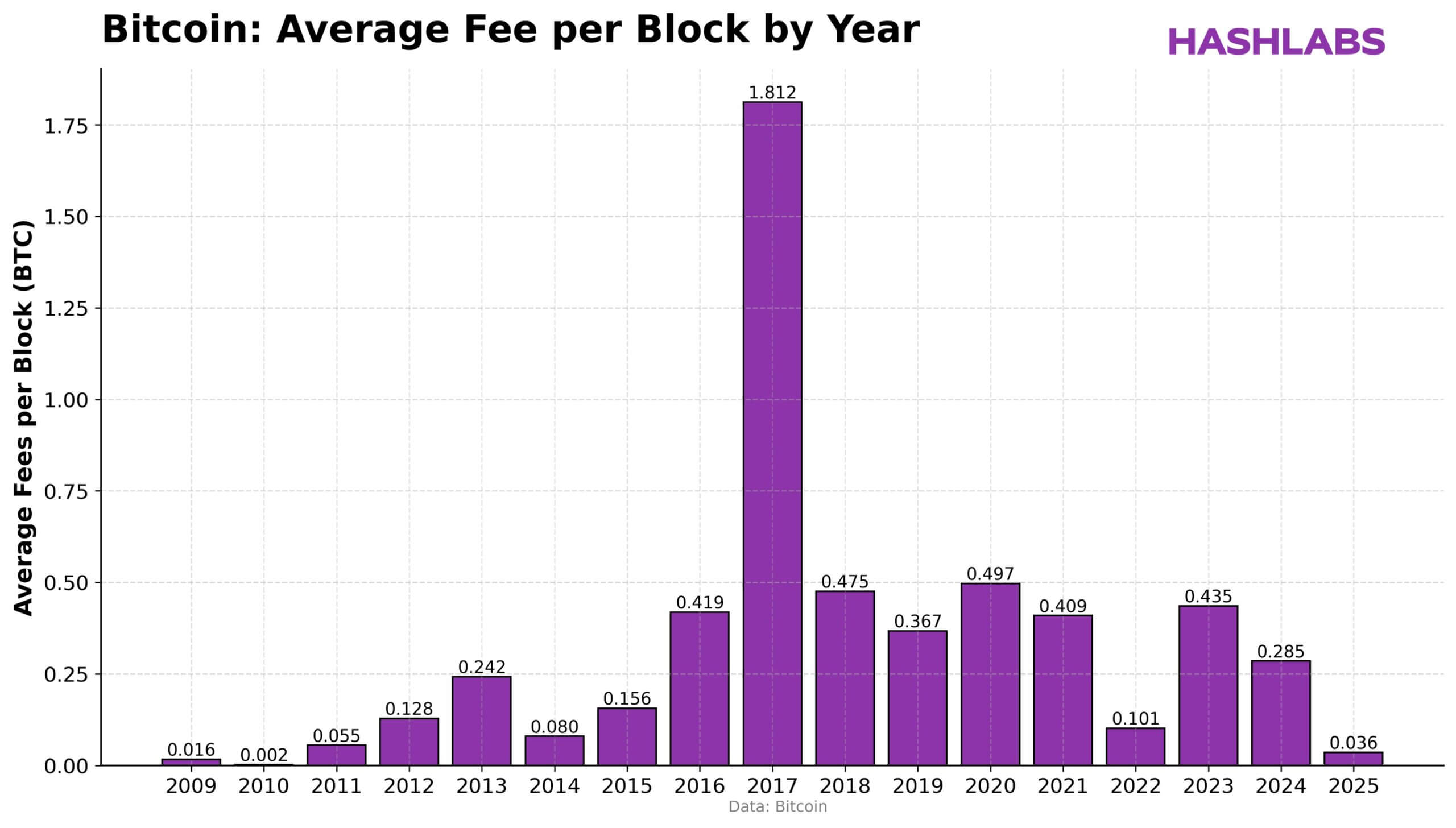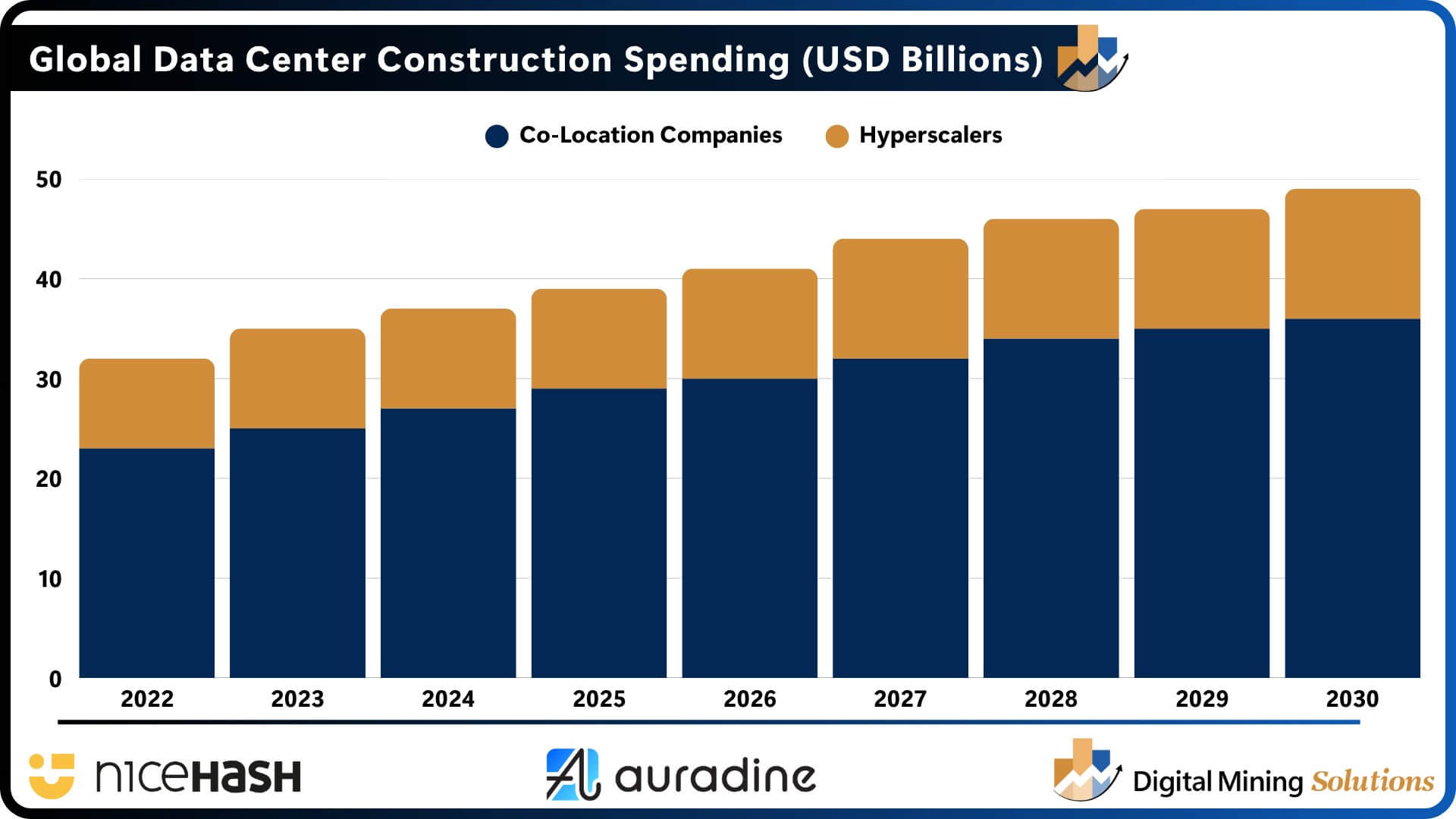Bitcoin miners are running out of breathing room.
In the wake of the $19 billion market collapse, carriers have begun moving large amounts of Bitcoin to exchanges, a classic sign of mounting selling pressure.
According to CryptoQuant data, between October 9th and October 15th, mining wallets transferred 51,000 BTC (equivalent to over $5.6 billion) to Binance alone. The maximum daily transfer was over 14,000 BTC on October 11th, the largest miner deposit since July 2024.

sell reserves
Such spikes rarely occur in isolation. These typically appear when miners need liquidity to cover rising costs or hedge against price fluctuations.
Analysts view these movements as on-chain bearish signals, indicating that miners are emerging from a long-term accumulation phase and preparing to sell.
Blockchain researcher ArabChain explained that large transfers from miner wallets usually indicate preparation for direct liquidation or collateralized borrowing.
According to researchers,
“Sometimes, miners will also deposit coins to be used as collateral for derivative contracts or financing purposes. In some cases, these deposits are simply technical reallocations, i.e., transfers between wallets associated with mining entities and trading platforms for regulatory or operational reasons.”
This change in behavior marks a tipping point for the industry. For much of this year, miners have been consistently accumulating net worth and taking advantage of post-halving scarcity to drive up prices.
However, it is now experiencing the opposite reaction, with shrinking profit margins and intensifying network difficulties resulting in lower margins.
Tougher race to each block
Bitcoin mining difficulty, which measures how difficult it is to find new blocks, peaked at more than 150 trillion in September after seven consecutive positive adjustments.
According to Cloverpool data, the latest epoch ending on block 919,296 ended up easing by 2.73%, providing a temporary sense of relief after months of relentless upward pressure.
Difficulty adjustments occur approximately every two weeks, recalibrating puzzles to bring blocks closer to Bitcoin’s 10-minute goal.
An increase in difficulty indicates that more machines are competing for rewards. A decrease indicates that a weaker miner has powered down. However, even the slight decrease did not improve profitability.
Hashprice, the return per terahash of computing power, has fallen to about $45, the lowest since April, according to the Hashrate Index.
On the other hand, transaction fees, which should offset the decline in fees, have actually risen. So far in 2025, the average fee per block is 0.036 BTC, the lowest since 2010.

Bitcoin mining analyst Jalan Merelund said:
“It is paradoxical that so many Bitcoin miners completely ignore transaction fees. No one seems to even talk about transaction fees…In just 10 years, these fees will be almost the only source of income.”
Since April’s Bitcoin halving reduced the block reward to 3.125 BTC, miners are now competing in a zero-sum environment where everyone pays less for every extra terahash of power.
Many small businesses, especially those operating older and less efficient rigs, are already underwater.
AI provides a lifeline
Facing razor-thin margins, major mining companies are discovering lucrative alternatives in AI and high performance computing (HPC) hosting.
Over the past year, companies like Core Scientific have been reconfiguring large data center footprints that are already optimized for power, cooling, and fiber connectivity to accommodate compute-intensive AI workloads.
Hashlabs reported that a 1 megawatt (MW) mining site operating an efficient rig at approximately 20 Joules per Terahash (J/TH) could generate approximately $896,000 in annual Bitcoin revenue at a BTC price of $100,000.
However, renting the same MW to AI clients for compute-intensive workloads can generate up to $1.46 million in stable contract-based revenue per year.

Nico Smid, founder of Digital Mining Solutions said:
“The rise of AI and high performance computing (HPC) is transforming the world’s computing landscape, and Bitcoin miners are feeling the effects firsthand. What began as parallel industries now compete for the same critical resources: power, infrastructure, talent, and capital.”
This shift does not mean miners will abandon Bitcoin. Instead, they are diversifying the same infrastructure that once secured blockchain into the broader computing economy.
In fact, miners can remain solvent through hosting contracts while waiting for the next cryptocurrency upcycle.
What it means for Bitcoin
In the short term, it is clear that miner sales are adding pressure to an already fragile market.
Historically, continued inflows from minor wallets have preceded periods of consolidation or capitulation. But the long-term story could have even bigger implications.
Bitcoin’s security model, which relies on consistent hashpower incentives, could face structural changes if mining facilities continue to transform into hybrid AI and crypto data centers.
As profitability from pure block rewards declines, Bitcoin’s hashrate may become increasingly dependent on companies whose primary business is no longer solely mining.


